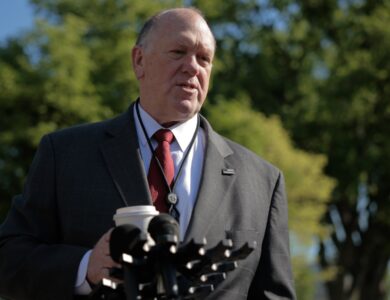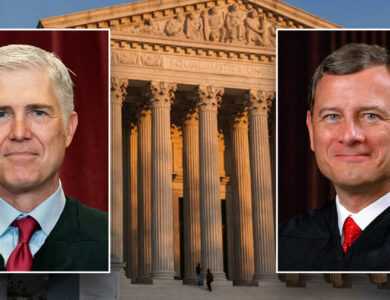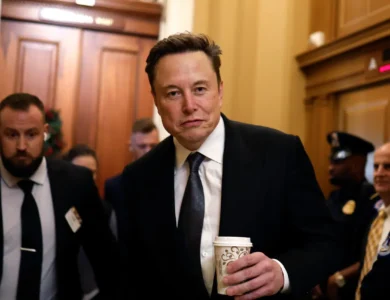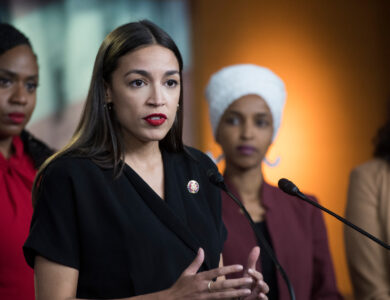New Report Shows Govt. Revenue Exceeded Expectations In June
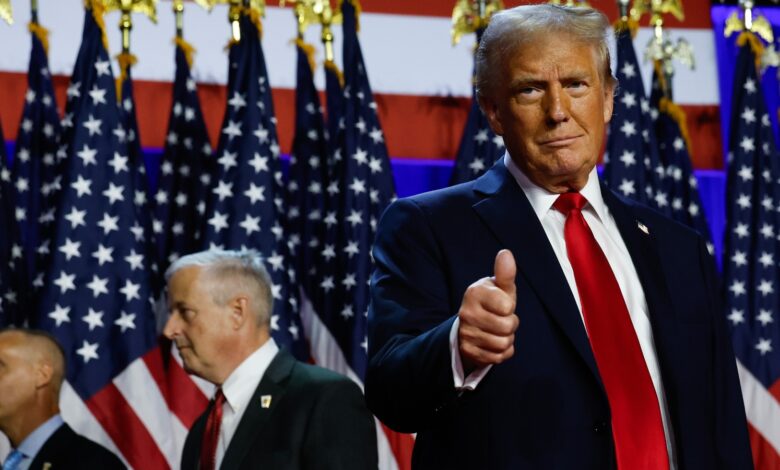
The federal government ran a $27 billion surplus in June, and every penny of it came from tariffs, marking the first time this has happened in modern history and chalking up another victory for President Donald Trump’s economic policies.
According to new numbers released Friday by the Treasury Department, revenue for the month totaled $526 billion while spending came in at $499 billion. The $27 billion difference lines up exactly with what the government pulled in from tariffs alone, The Center Square reported.
Gas prices also hit a four-year low, and grocery costs stayed flat throughout June, easing fears that tariffs would drive prices up. Instead, the data is pointing in the opposite direction.
“The tariff panic and inflation fearmongering from Democrats and their friends in the media hasn’t held up,” Treasury Secretary Scott Bessent said on social media. “[I]mported goods prices are down this year, falling even faster than overall goods prices.”
So far this year, the government has taken in $108 billion from tariffs, and Bessent says that number could hit $300 billion by year’s end.
Trump recently slapped a 50 percent tariff on imports from Brazil and added tariffs of 25 percent to 40 percent on products from more than a dozen other nations, including U.S. allies.
Critics warn that the aggressive trade policy could strain international relationships. But fiscal conservatives and deficit hawks are praising the move, saying it’s a bold way to bring in revenue without raising taxes.
Republicans in Congress are hoping tariff revenue will help offset costs tied to Trump’s multitrillion-dollar “big, beautiful bill,” which locks in most of the 2017 tax cuts and adds new pro-growth measures.
A Napolitan News poll found that 61 percent of voters believe economic growth matters more than reducing government spending. Just 28 percent said the opposite.
Trump announced that starting this past Friday, his administration would begin imposing “reciprocal” tariffs on countries that have not reached a tentative trade agreement with the U.S., with some of the new tariffs reaching as high as “60 or 70%.”
“We’re going to start sending letters out to various countries starting [Friday]. We’ll probably have 10 or 12 go out,” the president told reporters after midnight as he returned from a speech at the Iowa State Fairgrounds, the New York Post reported.
“I think by the 9th [of July] they’ll be fully covered, and they will range in value from maybe 60 or 70% tariffs to 10 and 20% tariffs,” he added.
The higher rates suggest Trump may raise tariffs on certain countries beyond the levels outlined in his April 2 “Liberation Day” announcement, which set a new baseline tariff of 10%—about three times the previous rate—and imposed steep duties on nations with significant trade imbalances with the U.S.
The highest previously announced “reciprocal” tariffs—tied to each country’s trade deficit with the U.S.—were 49% for Cambodia, a major producer of clothing and footwear; 48% for neighboring Laos; and 47% for Madagascar, the world’s leading exporter of vanilla.
“We’ve done the final form, and it’s basically going to explain what the countries are going to be paying in tariffs,” Trump told reporters early in the day on Friday.
“It’s a lot of money for the country, but we’re giving them a bargain. … I don’t want to stretch it too much, we want to keep it pretty reasonable,” he said, per The Post.
Trump stated that he expected to send up to a dozen letters to countries each day until the Wednesday deadline he set for negotiations.
“As we get to the smaller countries, we’re pretty much going to keep the tariffs the same,” he said. “They’ll start to pay on Aug. 1. The money will start to come into the United States on Aug. 1 in pretty much all cases.”
June job growth once again beat expectations, inflation held close to the Federal Reserve’s 2% target at 2.4% in May, and major stock market indices reached record highs this past week.
